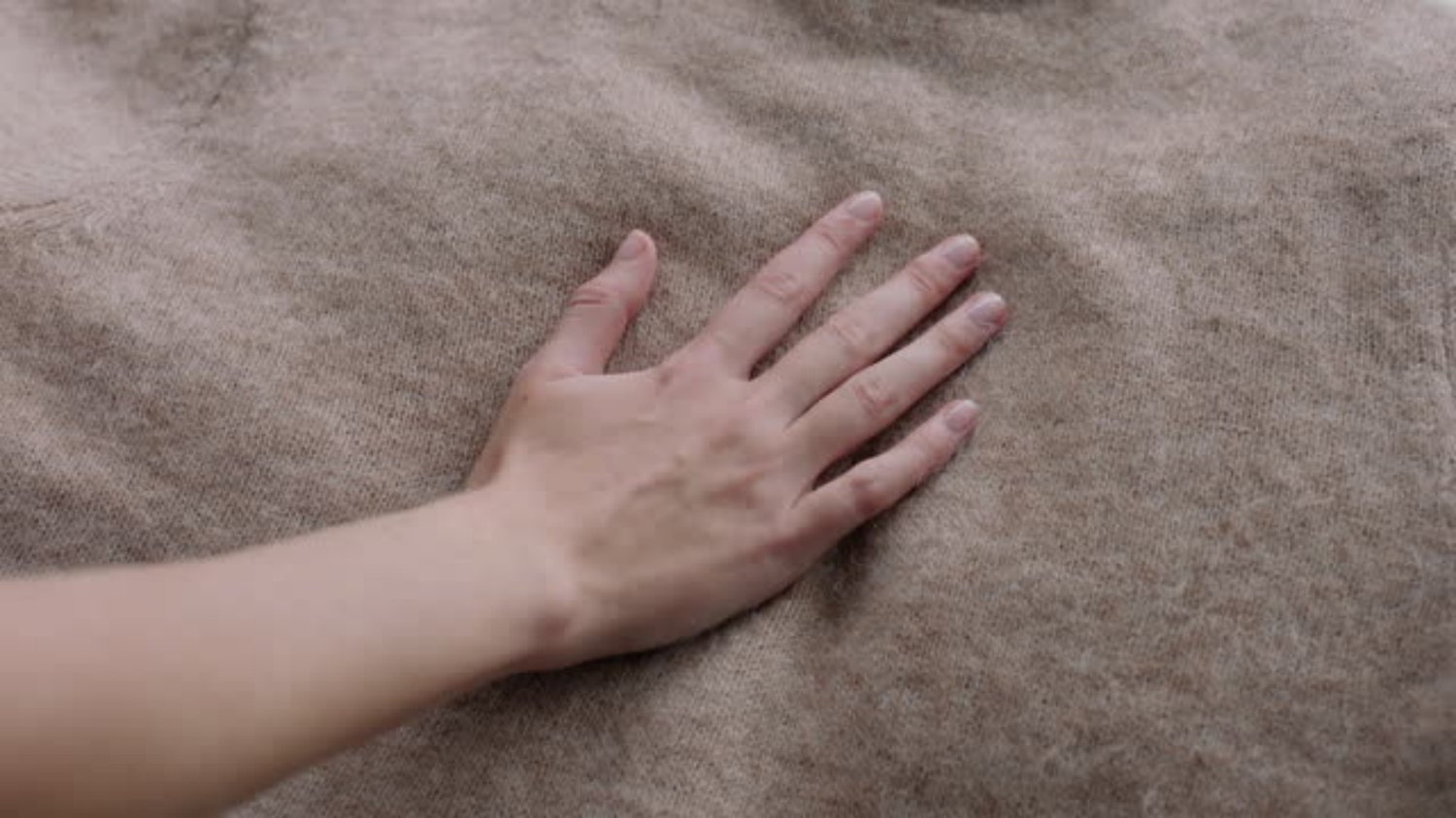The Versatility of Wool: Exploring different types of wool fabric
Wool has been a staple fabric for centuries, known for its warmth, durability, and natural fiber properties. It comes in various types, each with its own unique characteristics and uses. In this article, we will delve into the world of wool and explore the different types of wool fabric available today. From luxurious merino to rugged tweed, there is a wool fabric to suit every need and preference.
1. Merino Wool: The Epitome of Luxury
Merino wool is renowned for its exceptional softness and fine texture, making it the most sought-after type of wool fabric. It is derived from the Merino sheep, which produces fibers that are incredibly lightweight and breathable. Merino wool is highly prized for its excellent insulating properties, making it ideal for winter garments. Additionally, it has a natural ability to wick away moisture, keeping the wearer dry and comfortable. From high-end sweaters to cozy blankets, Merino wool adds a touch of luxury to any item it adorns.
2. Cashmere: The Ultimate in Softness
Cashmere, often referred to as the "diamond fiber," is one of the most luxurious and sought-after types of wool fabric. It comes from the soft undercoat of cashmere goats, which are primarily found in the Himalayan regions. Cashmere is known for its incredible softness, warmth, and lightweight feel. This exquisite fabric is often used to create high-end clothing items such as scarves, sweaters, and shawls. Its delicate and luxurious nature makes cashmere a symbol of opulence and elegance.
3. Alpaca Wool: The Sustainable Choice
Alpaca wool is highly regarded for its sustainability and eco-friendliness. It comes from the fleece of alpacas, which are native to the Andes Mountains in South America. Alpaca wool is prized for its warmth and hypoallergenic properties. It is softer than cashmere and provides excellent insulation without being bulky. Alpaca wool is commonly used in the production of sweaters, coats, and accessories. With its sustainable and ethical production methods, alpaca wool is a popular choice for environmentally conscious consumers.
4. Mohair: The Lustrous Fiber
Mohair, derived from the Angora goat, is known for its exceptional luster and sheen. It has a smooth texture and is often used in the production of luxurious garments and upholstery. Mohair is renowned for its durability and ability to retain vibrant colors. This type of wool fabric is commonly found in high-end fashion items such as suits, coats, and dresses. Its unique properties make mohair a preferred choice for those seeking a fabric with a touch of elegance and sophistication.
5. Tweed: The Classic Fabric
Tweed is a versatile wool fabric that has stood the test of time. It originated in Scotland and is known for its durability and warmth. Tweed is characterized by its unique pattern, often featuring a combination of different-colored yarns. This fabric is commonly used in the production of jackets, suits, and skirts, giving them a timeless and classic appeal. With its rustic charm and versatility, tweed remains a popular choice for both casual and formal wear.
6. Lambswool: Softness and Comfort Combined
Lambswool, as the name suggests, comes from the first shearing of lambs. It is known for its exceptional softness and comfort. Lambswool is highly elastic, providing a snug fit without compromising on comfort. It is commonly used in the production of sweaters, scarves, and blankets. This type of wool fabric offers excellent insulation, making it a popular choice for winter wear. Its soft and cozy texture makes lambswool a favorite among those seeking warmth and comfort.
7. Shetland Wool: Natural Warmth
Shetland wool is derived from the Shetland sheep, which are native to the Shetland Islands in Scotland. This type of wool fabric is known for its natural warmth and insulation. Shetland wool is lightweight and breathable, making it suitable for a variety of climates. It is commonly used in the production of sweaters, hats, and gloves. Shetland wool comes in a wide range of natural colors, adding to its appeal. With its excellent thermal properties, Shetland wool is a practical choice for those seeking warmth without bulkiness.
8. Angora Wool: Softness and Fluffiness
Angora wool is derived from the Angora rabbit and is known for its exceptional softness and fluffiness. It is one of the softest types of wool fabric available, making it a popular choice for luxurious garments and accessories. Angora wool has excellent insulating properties, providing warmth without weight. This fabric is often used in the production of sweaters, scarves, and hats. Its delicate and plush texture adds a touch of elegance to any outfit.
9. Vicuña Wool: The Rare and Precious Fiber
Vicuña wool is considered one of the most luxurious and rarest types of wool fabric. It comes from the fleece of the vicuña, a wild camelid found in the Andes Mountains. Vicuña wool is incredibly soft, lightweight, and warm. It is known for its fine texture and exceptional insulating properties. Due to its rarity and high demand, vicuña wool is extremely expensive and often reserved for high-end fashion items. Its exclusivity and unparalleled quality make vicuña wool a symbol of luxury and prestige.
10. Boiled Wool: The Dense and Warm Fabric
Boiled wool, also known as fulled wool, is a dense and warm fabric that is created by subjecting wool to a boiling process. This process tightens the fibers, resulting in a fabric that is highly resistant to wind and water. Boiled wool is commonly used in the production of coats, jackets, and hats. Its dense structure provides excellent insulation, making it suitable for cold weather conditions. This type of wool fabric is known for its durability and ability to retain its shape over time.

